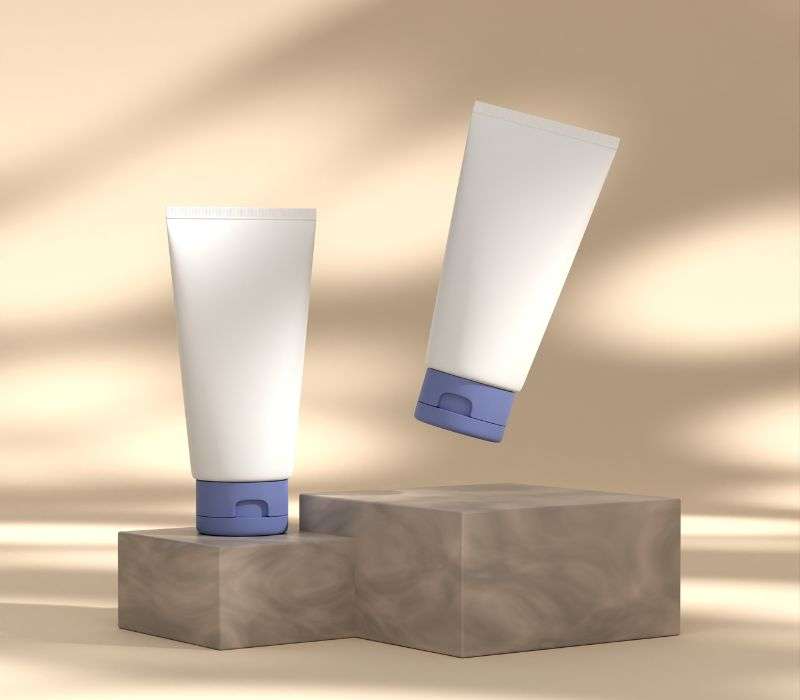

Nov 13,2025
In today's thriving digital era, social media platforms like Facebook and Instagram wield significant influence over our lifestyle choices. With just a few taps, we immerse ourselves in a world of beauty where cosmetics reign supreme.
From lipsticks to eyeliners, beauty products have become an integral part of our daily lives. The cosmetic industry has evolved and expanded globally, catering to diverse consumer needs and desires.
But what sets these beauty products apart? What compels us to reach for a specific brand? One crucial aspect lies in the captivating packaging that adorns these products. Cosmetic packaging serves as a gateway to a world of enchantment, where personal care, hygiene, and beauty intertwine.
Let's embark on a journey to unravel the intricacies of cosmetic packaging, exploring its types, design considerations, and the art of appealing to discerning customers.
When it comes to cosmetics, the realm of packaging extends beyond mere lipsticks and eyeliners. It encompasses an array of personal care and beauty products that enrich our lives. Let's delve into the diverse range of products that demand alluring cosmetic packaging:
Facial creams, powders, and face masks that nurture our skin deserve packaging that exudes elegance and functionality.
Soaps, body washes, exfoliators, and other cleansing products require packaging that is not only visually appealing but also practical for daily use.
Hair care products, including shampoos, conditioners, lotions, oils, dyes, and bleaches, demand packaging that reflects their purpose while captivating customers.
Skincare enthusiasts seek moisturizing lotions that keep their skin supple and radiant. Packaging should align with the brand's identity while emphasizing the product's benefits.
Nail polishes, colors, and lotions call for packaging that adds a touch of glamour and showcases the wide range of shades available.
Fragrances are profoundly personal and evoke emotions. Packaging should entice customers, hinting at the essence and allure of the scent.
Toothpaste, mouthwash, teeth bleaching, and whitening products deserve packaging that instills confidence and promotes oral hygiene.
Baby care products, such as powders, ointments, creams, and more, require packaging that exudes a sense of safety and tenderness.
Now that we've explored the vast landscape of cosmetic products, let's dive into the crucial steps for creating packaging that captivates consumers and reflects your brand's essence.
Packaging serves as the face of your brand, conveying its unique personality and values. To determine the ideal packaging, consider the following factors:
Luxury or Affordability: Identify whether your brand leans towards luxury or affordable pricing and select materials that align with your positioning.
Environmental Friendliness: Explore eco-friendly packaging options to appeal to environmentally conscious consumers.
Cohesive Branding: Incorporate your brand's logo, color schemes, and other visual elements to create a unified and recognizable packaging design.
To create packaging that resonates with your target audience, conduct thorough research on their preferences and buying behaviors:
Market Research: Gain insights into your target demographic's patterns, preferences, and habits to tailor your packaging design accordingly.
Demographic Appeal: Identify the specific age groups or segments your products appeal to and craft packaging that aligns with their aesthetic sensibilities.
Versatility: Ensure your packaging design is versatile enough to attract a wide range of potential customers without alienating any particular group.
The cosmetic industry is a vibrant and fiercely competitive arena. Stand out from the crowd by conducting comprehensive research:
Competitor Analysis: Select three direct competitors and analyze their packaging strategies. Determine the strengths and weaknesses of each and use this knowledge to inform your own approach.
Market Dynamics: Gain a deeper understanding of market trends, customer preferences, and emerging innovations to anticipate and adapt to changing consumer demands.
Online and Offline Presence: Consider whether you'll sell your products primarily online or through physical stores, as this influences the packaging design requirements.
Before diving into the design process, gather inspiration to infuse your packaging with creativity and visual appeal:
Design Preferences: Identify your likes and dislikes, paying attention to design elements that resonate with your brand's image and values.
Mood Boards and Style Sheets: Create mood boards or style sheets that reflect your desired aesthetic, combining trends with your product line's unique identity.
Cosmetic packaging is not merely a vessel for beauty products; it's an art form that captivates customers, conveys brand personality, and enhances the overall consumer experience.
By understanding the types of beauty products, defining your brand's personality, comprehending your target audience, and staying ahead of market dynamics, you can craft packaging that mesmerizes and distinguishes your products from the competition. Embrace the allure of packaging design, and let your cosmetics shine through enchanting exteriors!
Q1: How does packaging affect consumer perception of beauty products?
Packaging plays a vital role in shaping consumer perception. Eye-catching designs and quality materials can convey a sense of luxury and reliability, positively influencing purchasing decisions.
Q2: Is eco-friendly packaging important in the beauty industry?
Absolutely! As environmental concerns grow, eco-friendly packaging is gaining traction. It appeals to environmentally conscious consumers and positions your brand as socially responsible.
Q3: How can packaging design improve brand recognition?
By incorporating consistent branding elements —such as logos, colors, and typography —packaging design creates visual cues that enhance brand recognition and reinforce brand loyalty.